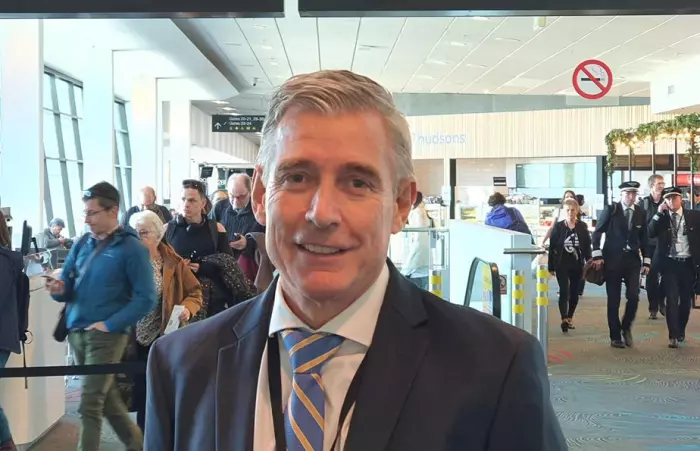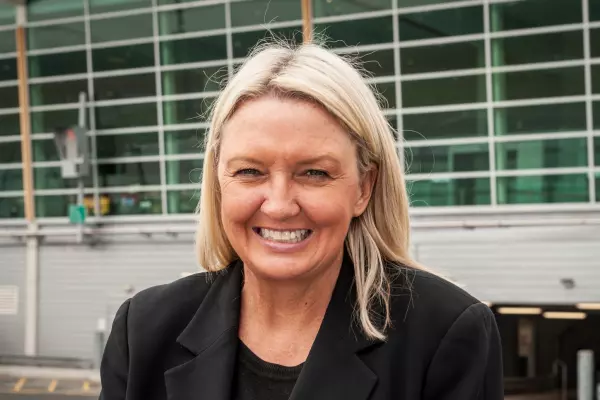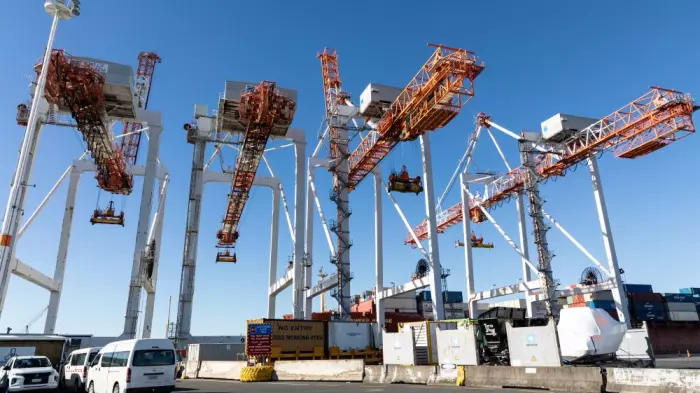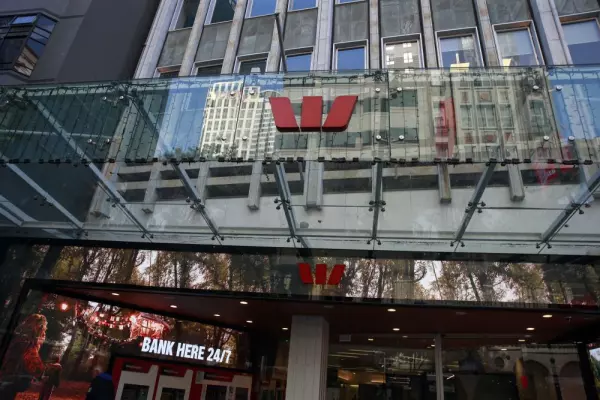Air New Zealand’s chief executive says the airline is ‘placing bets’ on self-isolation and other covid restrictions starting to ease in as little as six weeks’ time by starting to bring international planes and crews back into service.
In an interview with BusinessDesk, Greg Foran tied decisions to the peak of the current omicron outbreak, suggesting the government could move even before Easter, in mid-April, to start winding back covid rules.
“Because of the lead times we operate in, we have already placed our bets that the end is in sight. I'm not sure exactly when isolation will be removed, and that is the critical aspect,” he said. “I hope it's a lot sooner than later. We are readying ourselves for it to be reasonably imminent.”
However, everything depended on how the omicron outbreak unfolded.
“I don't know because I don't think the government knows,” he said.
“If the health system holds up and we get to a peak of cases soon, there’s a chance that we can bring these things forward,” he said, based on other countries’ experience that omicron peaks and then fades over a period of about three months. NZ’s outbreak began in late January.
“It’s just a matter of getting through what I call the gooey sticky mess of what we going to face over the next six weeks or so,” said Foran, who declared himself more optimistic about a return to normal domestic and international travel than any time since before the delta variant killed off the trans-Tasman bubble in the middle of last year.
“It’s hard because things will change quite quickly and people want surety, but in many cases, the answer will be ‘it depends’,” said Foran of the next six to eight weeks. “I would encourage us all to be as comfortable as we can be with being uncomfortable. It’s just going to be how it is.
“But that said, I feel more optimistic today than I did 12 weeks ago and certainly a lot more optimistic than six months about ago.”
The airline is due to announce its result for the six months to Dec 31 on Thursday this week, with another hefty loss anticipated, and the most sought-after information being an update on the majority government-owned NZX-listed airline’s plans to raise $1 billion or more in fresh capital.
With the announcement so close, Foran would not comment on whether the intention to raise capital before March 31 was inopportune because that coincided with the likely peak of the omicron outbreak.
However, it remained the airline’s “plan” to keep to that timetable, with the capital raise already delayed twice because of the impacts of the pandemic on market conditions.
Bugle moment
Foran likened his position to the lookout in the crow’s nest who sights land.
“I think a lot of people on the ship haven’t even seen a seagull pass by but there’s enough activity to raise the bugle and say it’s not far away.”
While recent polling from the government’s pollster, Talbot Mills, found three-quarters of New Zealanders want to see the border remain closed to counter covid, he expects that will shift fast once the omicron peak is past.
Based on previous patterns, domestic travel would rebound quickly.
“As soon as people feel we are through the peak of it, I think there will be a view to move forward with some speed.”
Pent-up demand for international travel would be unleashed as soon as travellers to and from the country were confident there was no risk of being prevented from returning because of covid restrictions.
If decisions on self-isolation, in particular, did not occur in the very near future, travellers would start skipping NZ for other destinations as they booked trips for summer 2022/23.
“If we’re not clear around isolation requirements in the next few months we do stand a risk of putting pressure on the whole tourism sector.”
Beware the CFO
It was also likely that business travel would take longer to recover, particularly “at the top end of town”, said Foran, who is focusing on re-establishing routes to major American cities in order to tap into the long-haul, premium leisure market that he believes will resume strongly once NZ is open again.
“The days of Zoom are here with us for a while. Sustainability is going to be an increasing issue to deal with. And after two to three years of no travel budget, you have to convince the infamous CFO to put it back in.”
This was informing Air NZ’s refreshed strategy, which would seek to grow the domestic air travel market, but to focus on “optimising” the international business.
That meant re-establishing the economies of scale available from 14 flights a week to Los Angeles quickly, launching the direct service to New York that was stalled by covid, getting back to Houston, and increasing passengers on the San Francisco and Vancouver routes that have remained open mainly as air freight connections.
While the airline still flies freight to Shanghai five times a week, it was unclear whether China would open for passengers this year because of its continuing zero-tolerance approach to covid-19. Connections to Singapore remained a priority, as did re-establishing direct flights to Japan as soon as possible.
The airline would also look to reduce the number of long-haul planes from 29 at present to 22 or 23, and run just one aircraft, the Boeing 787, on international routes.
While there was likely to be some initial volatility and cut-price flying as the Asia-Pacific region opened up behind Europe and trans-Atlantic routes that are already back in business, Foran warned that high oil prices, general inflation and the need to offer shareholders some prospect of a return after two terrible years would weigh on ticket prices over the medium term.
“It's another classic, gooey, sticky, messy period,” he said.
Loyalty
The third leg of the strategy refresh is to ‘lift loyalty’, with substantial back-office investment occurring over the last two years to overhaul the Air NZ Airpoints IT stack, extend the range of partners offering points and more ways to redeem them.
Noting that Qantas earns more from its loyalty programmes than it does from flying internationally, Foran said that would not necessarily be Air NZ’s focus.
“We may choose not to be quite to that extent. We may want to drive it to create more loyalty to fly. So you can decide where you want to make your money and how you want to position it.”
However, loyalty would become an increasingly significant part of the business and was now operating its own profit and loss account, although both past and future significance of the loyalty segment have not been publicly disclosed.














